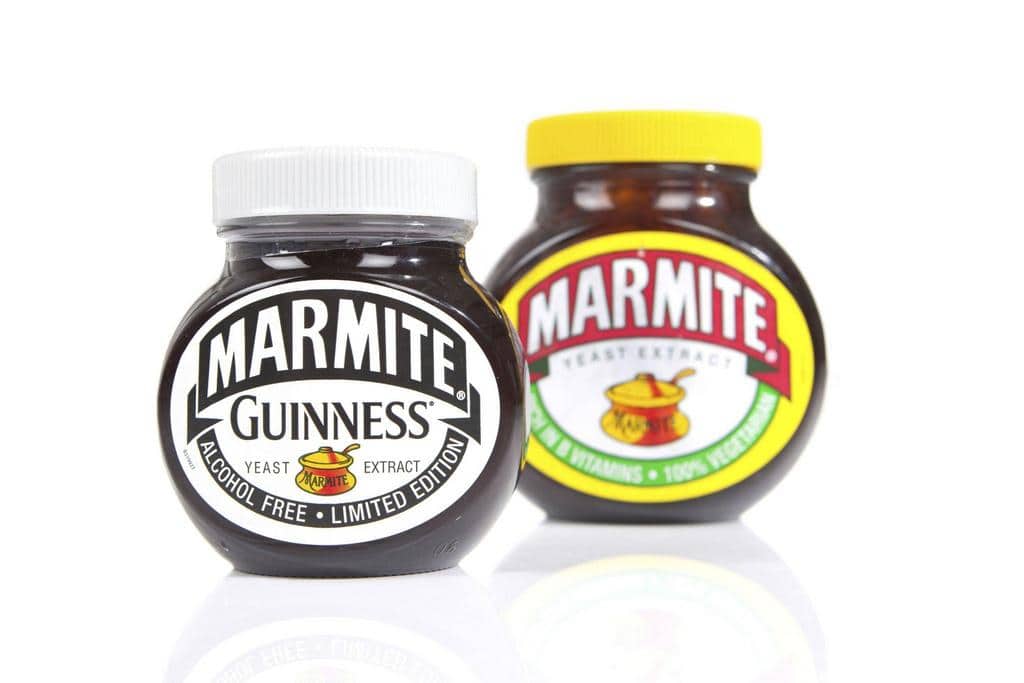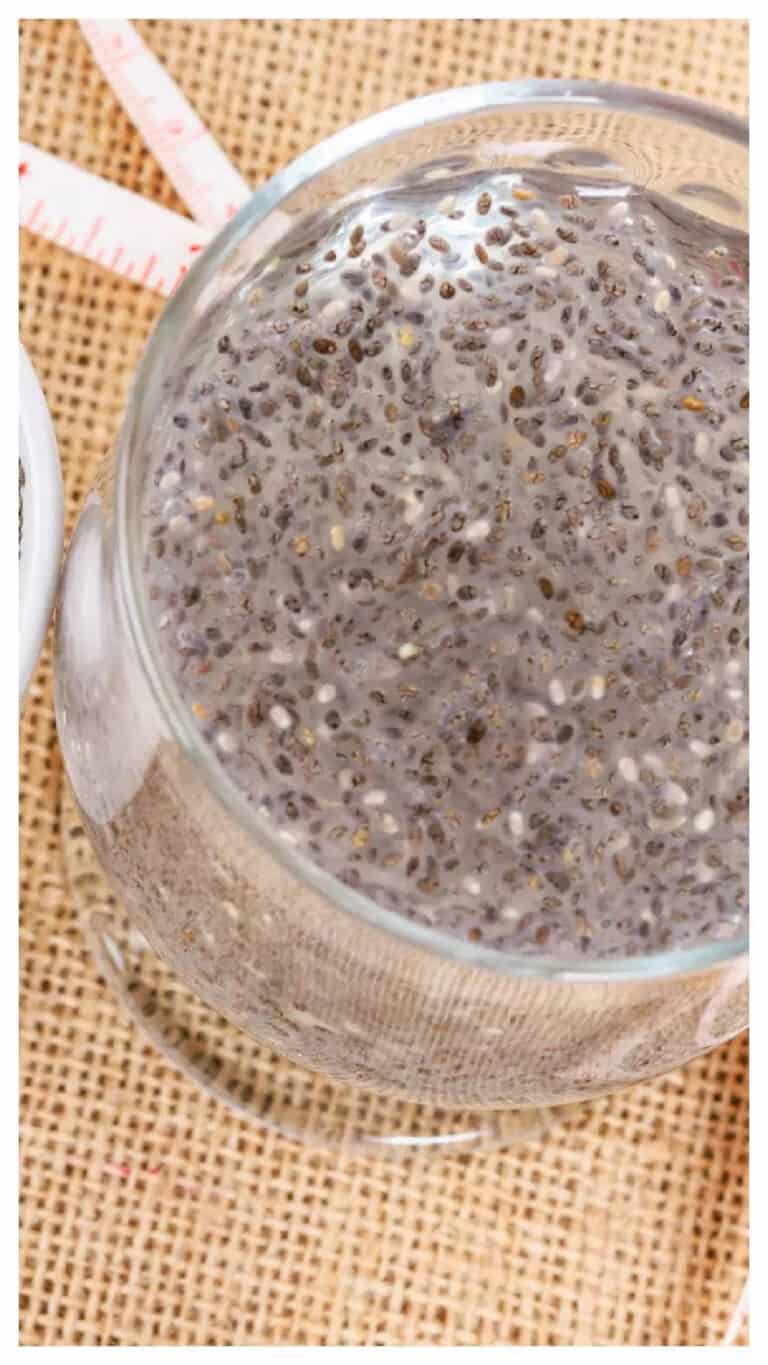Does Marmite Go Bad? How Long Does Marmite Last?

In the world of culinary curiosities, there’s one spread that’s both captivated taste buds and sparked debates: Marmite. Its velvety darkness and savory punch have turned simple slices of bread into a canvas for flavor adventures. But as you embrace the Marmite magic, a question bubbles to the surface: does Marmite go bad? How does time treat this intriguing creation?
Imagine those moments when a dollop of Marmite transforms a plain breakfast into a symphony of tastes. Yet, every jar has a tale, and today, we’re delving into the story of Marmite’s shelf life.
Buckle up as we explore the evolution of this enigmatic spread, uncover the secrets behind its longevity, and learn how to ensure each savory encounter is as delightful as the last. From the science behind its creation to the art of preserving its essence, get ready to unlock the mysteries of Marmite’s timeless allure.
Introduction to Marmite’s Shelf Life
Marmite’s allure lies in its unique taste profile, derived from the brewing of yeast extract. Its popularity spans generations and continents, gracing the tables of both breakfast enthusiasts and culinary adventurers. While we savor its umami goodness, it’s equally important to grasp the concepts of shelf life and spoilage.
The importance of understanding Marmite’s shelf life cannot be overstated. Knowing how long it remains safe and palatable not only prevents unnecessary waste but also safeguards against potential health risks.
Whether you’re a seasoned Marmite enthusiast or a curious newcomer, delving into the intricacies of its longevity ensures a delectable experience every time.
Does Marmite Go Bad?
The short answer is no! Marmite doesn’t really go bad in the conventional sense. Thanks to its high salt content and low moisture level, Marmite creates an environment that is inhospitable to most harmful microorganisms. However, its flavor, texture, and overall quality can change over time, affecting its overall enjoyment.
Marmite can last a long time, especially if unopened and stored properly. It may taste slightly different past its best by date, but it is generally safe to eat due to its high salt content.
Factors Affecting Marmite’s Shelf Life
The longevity of Marmite hinges on a delicate interplay of various factors. Understanding these elements sheds light on the timeline of its freshness and palatability. Key influencers include:
- Air Exposure: One of the primary culprits that can alter Marmite’s quality over time is exposure to air. Oxygen can cause the spread to oxidize, potentially leading to a change in flavor and color. To combat this, ensure you tightly seal the lid after each use to minimize air contact.
- Moisture Content: While Marmite boasts a relatively low moisture content, any introduction of moisture can potentially lead to spoilage. Always use a clean, dry utensil to scoop out Marmite, and avoid introducing water or moisture into the jar.
- Storage Conditions: Marmite is a creature of habit—it thrives best in a cool, dark place. Store it away from direct sunlight and heat sources, as these can accelerate flavor deterioration.
Signs of Spoiled Marmite
Although Marmite might not exactly “go bad,” there are signs you should watch out for to determine if it’s past its prime:
- Unpleasant Odor: If your Marmite smells off, sour, or rancid, it’s a clear indicator that it’s time to bid farewell.
- Texture Changes: Marmite typically has a smooth, thick texture. If you notice any separation, clumping, or an unusually runny consistency, it might be time to consider a replacement.
- Flavor Evolution: While Marmite is known for its bold and distinctive taste, any drastic shift in flavor could signify a decline in quality.
How Long Does Marmite Last?

While Marmite’s shelf life is impressive, it doesn’t last forever. The key to maximizing its quality lies in proper storage and attentive observation.
| Storage Method | Marmite Shelf Life |
| Sealed, Unopened Jar | Up to 12 months from purchase |
| Opened Jar, Properly Stored | About 6 to 12 months |
It’s important to note that these timeframes are approximate. Factors like storage conditions and the frequency of air exposure can influence the duration of optimal quality.
Unopened jars, if stored in a cool and dark place, can maintain their flavor and consistency for up to a year. Once opened, the six-to-twelve-month range is a reasonable estimate, provided the spread is properly sealed and stored away from moisture and heat.
Extending Marmite’s Shelf Life: Tips and Tricks
To ensure you make the most of your Marmite and relish its rich flavors to the fullest, consider these tips:
- Clean Utensils: Always use clean, dry utensils when scooping Marmite. This prevents cross-contamination and the introduction of moisture.
- Lid Tightening: After each use, securely fasten the jar’s lid to minimize air exposure and oxidation.
- Cool and Dark: Store Marmite in a cool, dark pantry or cupboard, away from direct sunlight and heat.
- Frequent Observations: Keep an eye on the spread’s color, texture, and aroma. Any significant changes might indicate a decline in quality.
- Experiment with Recipes: If you find yourself with a jar of Marmite that’s nearing the end of its prime, get creative! Marmite can add a unique depth of flavor to stews, soups, marinades, and even certain baked goods.
Mythbusting: Does Marmite Actually Last Forever?
Dispelling the myth that Marmite is impervious to time is essential for responsible consumption. While it might seem that this savory delight could withstand the ages, the reality is quite different. Despite its preservatives and unique properties, Marmite is susceptible to degradation over time. The belief in its indefinite shelf life is charming, but understanding its limitations ensures that you savor each spoonful at its best.
Marmite Expiration Dates: Decoding the Labels
Unveiling the mystery behind Marmite’s expiration dates is a crucial aspect of our exploration. When you come across labels like “best by,” “use by,” or “sell by,” it’s essential to decode their meanings. The “best by” date indicates the point at which the spread is expected to retain its optimal quality.
Consuming Marmite beyond this date might not pose health risks, but you might notice a decline in taste and texture. The law requires products to have a best-by date, so Marmite includes one even though it can last indefinitely
In Conclusion
In the delightful journey through the world of Marmite, one question reigns supreme: “Does Marmite go bad?” We’ve delved deep into this inquiry, unraveled its mysteries, and equipped ourselves with knowledge that ensures every encounter with this iconic spread is a flavorful adventure.
How long does Marmite last? This seemingly straightforward question opened the door to a realm of factors that influence the preservation of Marmite. We’ve explored the effects of packaging, storage conditions, and the fascinating interplay between its unique ingredients. From Marmite expiration to the captivating notion of whether expired Marmite is safe to eat, we’ve navigated the nuances that underscore responsible consumption.
Storing Marmite properly has emerged as a critical practice for extending its longevity. We’ve uncovered the magic of refrigeration and the nuances between room temperature storage and the cool embrace of the fridge. Marmite preservation tips have been shared, ensuring that each time you uncap that jar, the spread’s original charm remains intact.
Our journey hasn’t just been about the passage of time; it’s also been about Marmite’s quality over time. From the transformation of its flavor to the subtle shifts in texture, we’ve grasped how Marmite evolves, making it all the more important to be attuned to signs of spoiled Marmite. Armed with the knowledge of Marmite flavor changes, Marmite texture alteration, and the indicators of Marmite deterioration, you’re empowered to make informed decisions before indulging.
In the dance between preserving and enjoying, we’ve uncovered the essence of Marmite’s longevity. Whether you’re decoding the enigmatic Marmite use-by date, employing sensory evaluation, or mastering the art of Marmite jar storage, your journey with Marmite is now one of both pleasure and prudence.
As our exploration concludes, remember that the magic of Marmite lies not just in its taste, but also in the knowledge that enriches your experience. So, go ahead and relish each spread, each bite, and each moment, keeping Marmite fresh in your heart and your pantry.
FAQs
Can Marmite go bad before the expiration date?
While rare, it’s possible if the container is damaged or improperly stored.
What happens if I eat spoiled Marmite?
Consuming spoiled Marmite can lead to food poisoning symptoms. It’s best to avoid it.
Is it safe to use Marmite after the “best by” date?
The “best by” date indicates optimal quality, but Marmite is often safe to consume beyond that date if it’s stored correctly and doesn’t show signs of spoilage.
Does refrigerating opened Marmite help it last longer?
Yes, refrigeration can slow down the degradation process of opened Marmite, extending its usability.
Can you eat Marmite after the expiration date?
While Marmite doesn’t exactly spoil, its quality may diminish after the expiration date. It’s safe to consume if it looks, smells, and tastes fine, but be prepared for potential changes in flavor and texture.
Does Marmite go bad if it’s left open?
Marmite’s high salt content and low moisture make it resistant to spoilage, but prolonged exposure to air can affect its quality. Properly sealing the jar after each use is crucial to maintaining its taste and texture.






